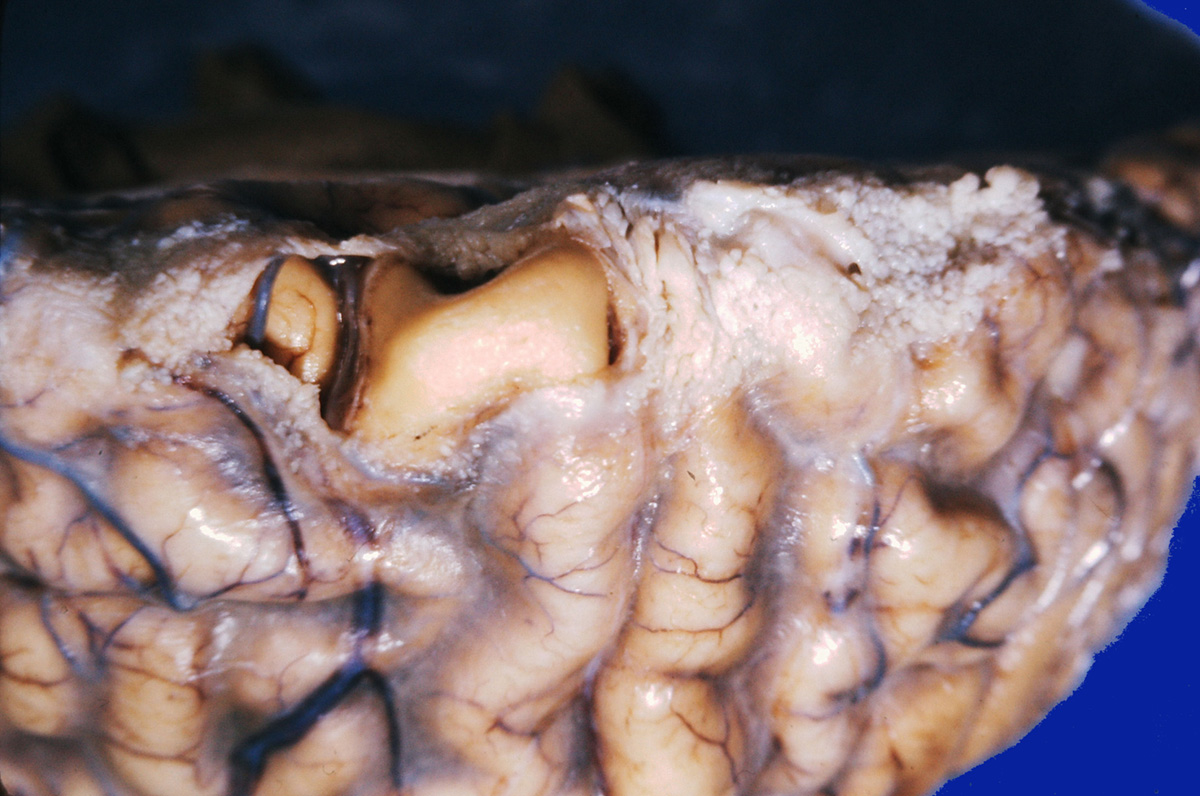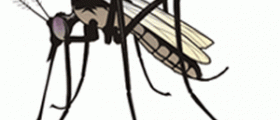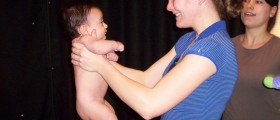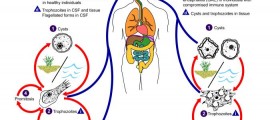
Meningitis is a serious medical condition characterized by the inflammation of the protective membranes covering the brain and the spinal cord. These membranes are known as the meninges, and their main role is to protect the brain and the rest of the nervous system from various infections caused by viruses, bacteria and other microorganisms. Meningitis is considered a medical emergency, and this is why it is so important to get familiar with the symptoms. Early treatment of meningitis can prevent severe complications associated with this disease and even potentially save the patient’s life.
Causes of meningitis
Most of the cases of meningitis are caused by a viral infection. Viral meningitis is typically a milder form of meningitis that resolves by its own in a course of a couple of weeks. Bacterial and fungal infections are also very common. Bacteria may enter the blood stream from some other infected site and travel through the body finally affecting the brain and the spinal cord. In some cases bacteria may invade the brain directly, because of an injury, or sinus and ear infection. Fungal meningitis is rare but it is often associated with chronic meningitis that takes place when slowly growing pathogens invade the meninges on the brain. Other causes include some types of cancer, inflammatory diseases and allergic reactions to certain drugs.
Symptoms of meningitis
In many cases, signs of the meningitis are mistaken for the common flu. Unfortunately, this is one of the fatal mistakes, since the delay in treatment has been associated with a poorer outcome. In most of the cases people affected with meningitis will experience headache and typical stiffness of the neck. Sudden high fever and noticeably altered mental status are also among the common indicators. Patients may be very sensitive to light, may lose interest in drinking and eating and may even have skin rashes. Skin rash is usually associated with the bacterium Neisseria meningitidis, which is responsible for some cases of this infection. The rash usually affects the trunk and the lower part of the body, as well as the mucous membranes, conjuctiva, and hands or soles of the feet.
Small children and infants will typically look very irritable, constantly crying with high fever. They may also refuse food and look very inactive or sluggish. A bulge in the soft area of the baby’s head may also form. Care takers may also pay attention to other symptoms of meningitis present in children: leg pain, cold hands and feet, and unusual color of the skin.

















Your thoughts on this
Loading...